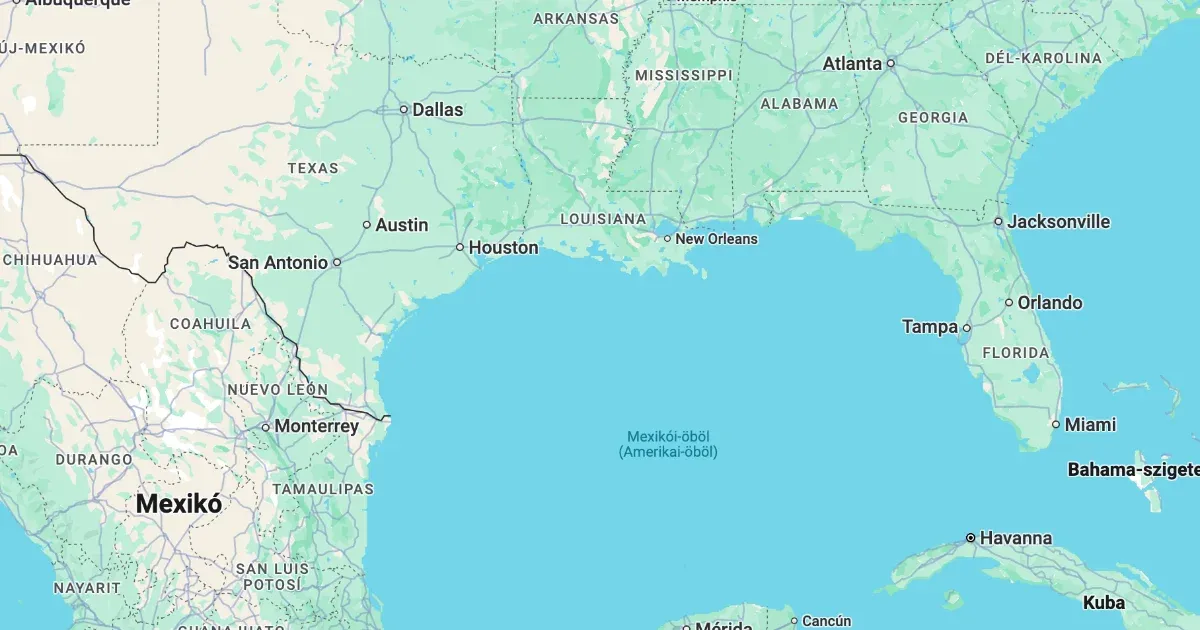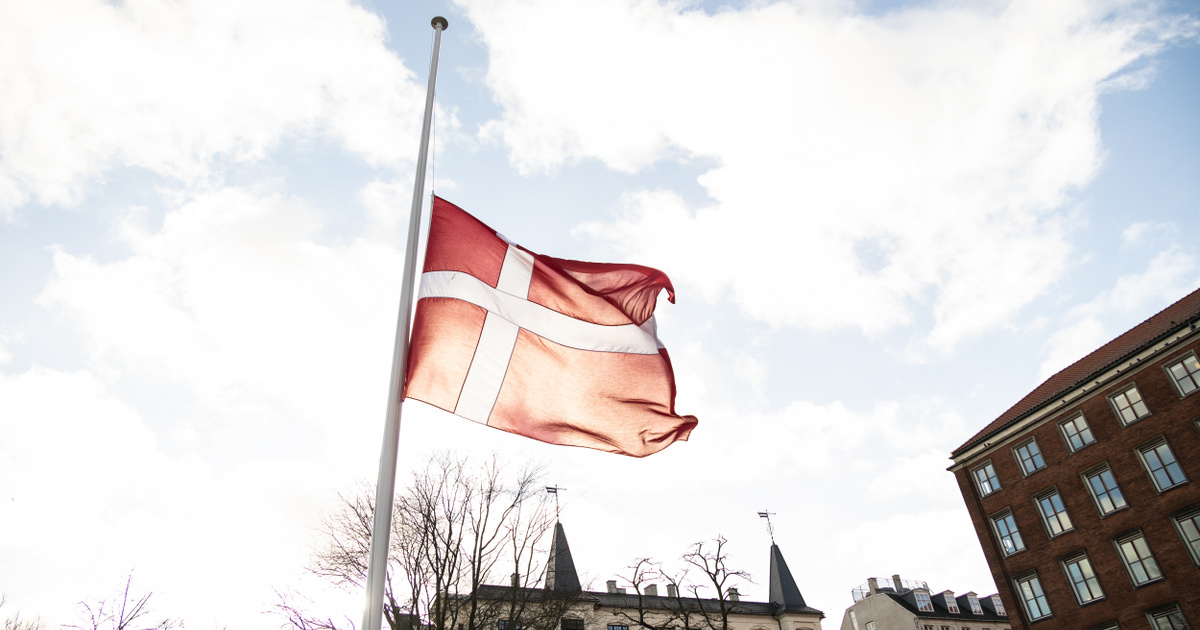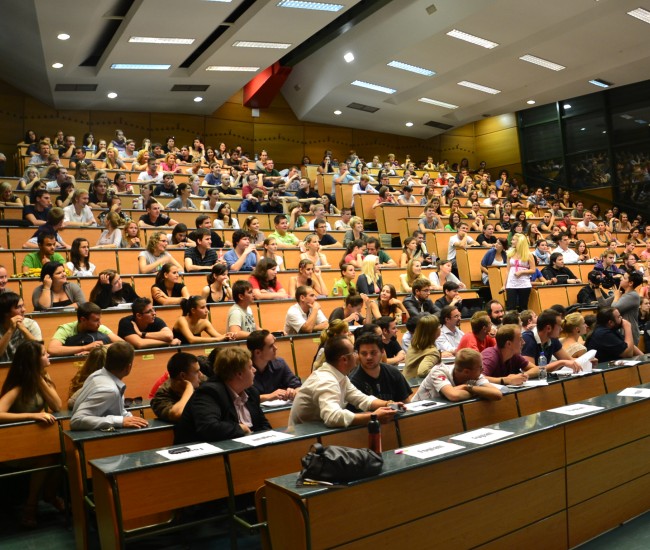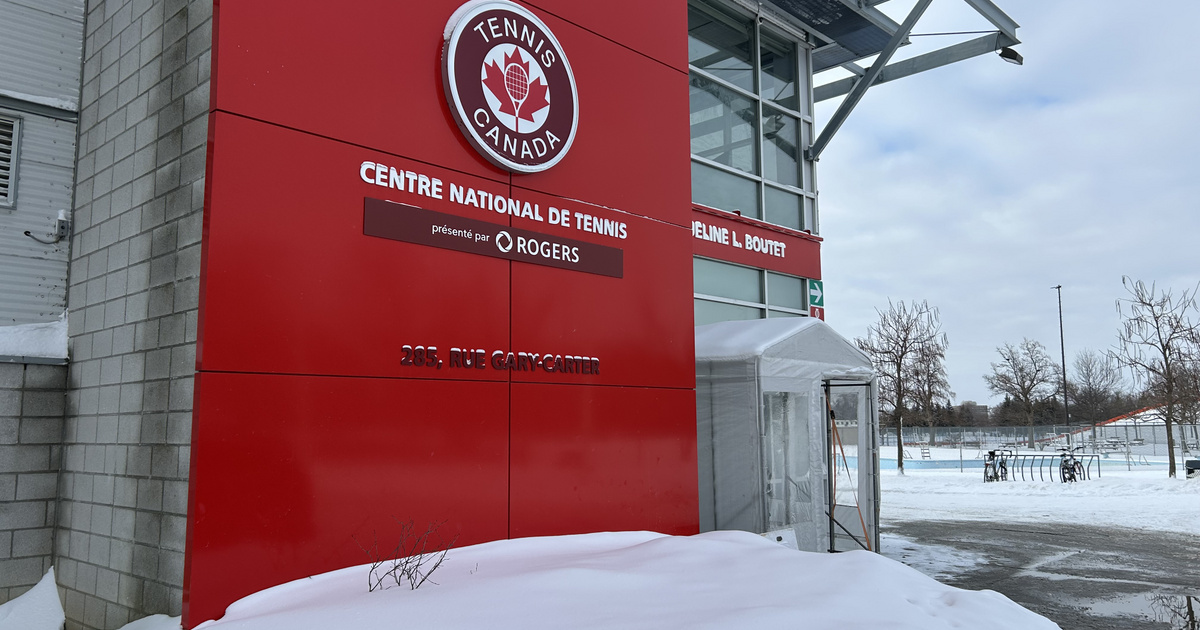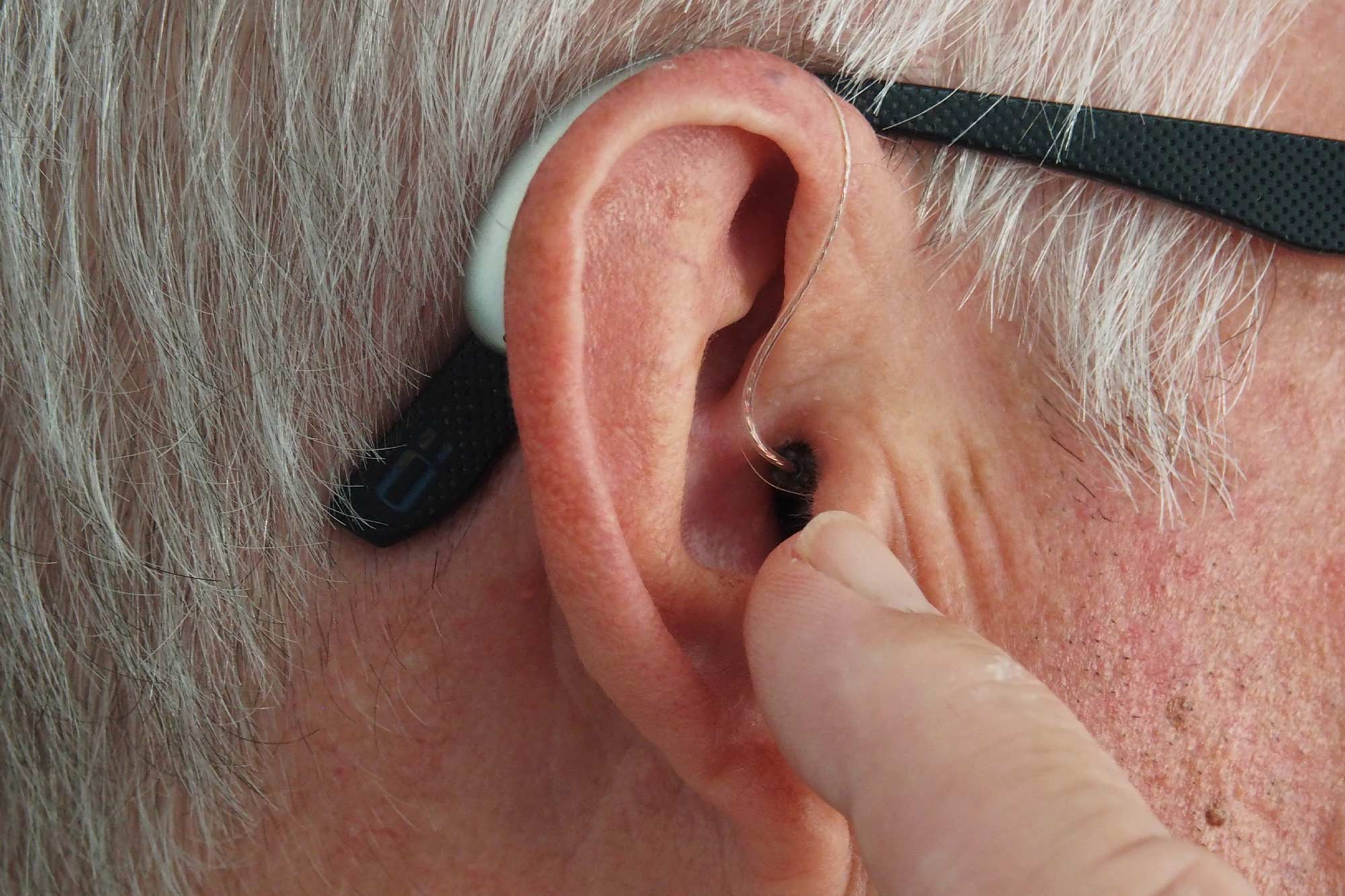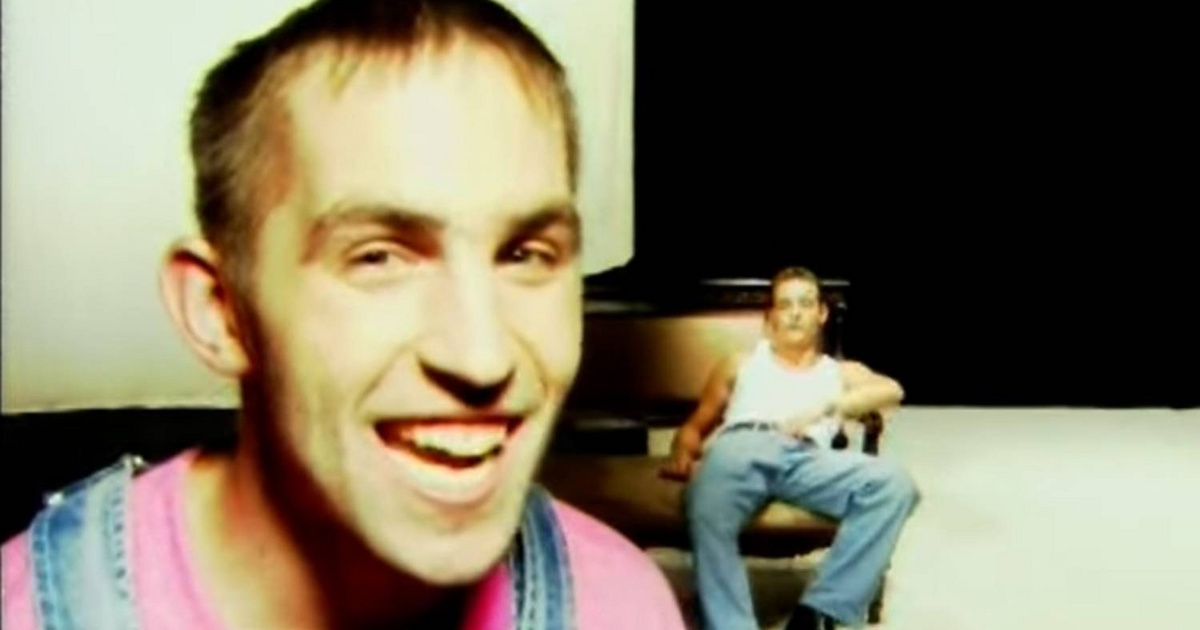156,000 people still do not have toilets and showers in their homes in Hungary, while nearly two million people live in moldy and wet apartments, according to the latest Eurostat survey from 2020.
According to a report by the European Union Statistics Office, in 2020, 20.4 percent of the total Hungarian population – more than 1.98 million people – lived in a building where the roof or walls were wet, moldy, wet or had to get wet. replacing. At the same time, this can be said to be an improvement, since in 2018 this rate was still 22.5 percent.
Meanwhile, in 2020, 38.4 percent of Hungarians whose earnings did not reach 60 percent of their median income – CHF 105,529 – lived in dilapidated houses. And that, in turn, is actually worse than it was in 2018.
Although the situation in this area has improved since 2010, at the regional level, the indicator has deteriorated compared to other countries, to the extent that the report shows that
However, Eurostat reported a positive shift in housing heating: in 2020, only 4.2 percent of the population – 409.5 thousand people – had a problem heating their homes. Most came from below the poverty line, with 14.9 percent failing to heat their homes sufficiently. In this respect, the rate is better for Romanians overall, as it was a problem for nearly a quarter of those living below the poverty line, 23.4 percent.
Meanwhile, 156,000 Hungarians – 1.6 percent of the population – still live in places where there are no toilets or showers, according to Eurostat. This number is also an improvement trend, as 381,000 Hungarians lived in such dwellings twice previously.
On what can be done to reduce extreme poverty, which primarily affects the Roma living in economically disadvantaged areas, with Prime Minister Miklos Vicki, Vice President of the Maltese Charitable Service We talked last year.
(via mfor.hu)



